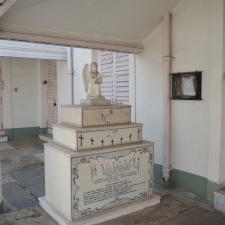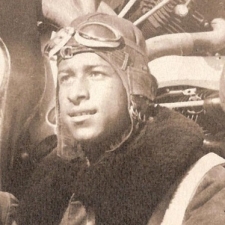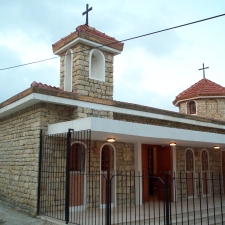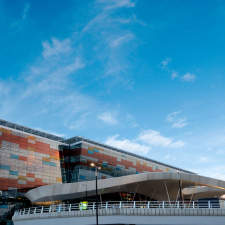Fact No. 63.
Mkrdich Cezayirliyan was one of the wealthiest entrepreneurs in the Ottoman Empire in the 19th century.
The financial system of the Ottoman Empire began its connections with stock exchanges and banks in the West starting in the 1850s. Before that time, it was the sarraf, the money-lender, who dealt with the big bucks in Constantinople and elsewhere. Besides charging high interests on loans, sarrafs also formed part of the Ottoman tax farming system: the highest bidder was given the right to collect taxes, under-written by a sarraf.
Enter Mkrdich (Mıgırdiç) Cezayirliyan, who was both the sarraf and tax-farmer par excellence of his time. Born in Constantinople in 1805, Mkrdich was the fourth generation to carry on the family business. His own grandfather’s prosperous undertakings in Algeria (al-Jazair in Arabic) led to the surname Cezayirliyan (pronounced “Jezayirliyan” – “the Algerian”). His father’s early death caused Mkrdich to begin working while still a young man, soon expanding from the sarraf and tax-farming operations to overseeing customs duties, and using those revenues for other business interests.
Indeed, Cezayirliyan was ahead of his time as an entrepreneur. He was an early industrialist in the field of silk, giving a big push to that line of work in the Ottoman Empire. Cezayirliyan also financed and had a bridge constructed over the Golden Horn (an inlet of water on the European side of Constantinople), another remarkable achievement in its day. Cezayirliyan continued to acquire various properties, alongside developing his money-lending and tax-farming activities, as well as taking on customs collection in an increasing number of ports across the Ottoman Empire.
The astronomical sums amassed by Mkrdich Cezayirliyan became evident when his goods were confiscated and when he himself was taken into custody in 1852. The exact charges are still not clear, and the fact that he was targeted at all is surprising given his strong political connections. Cezayirliyan belonged, after all, to the amira class of wealthy Ottomans who were connected with the highest echelons of power. He also had an impressive list of influential people among his debtors. But that might have been the very reason for his downfall – his incredible success, and his significance as a sarraf, which was an institution that the Ottoman Empire meant to do away with. And indeed, the sarrafs were crushed following the Cezayirliyan affair, and modern, western-style banking was introduced in the country instead.
Meanwhile, however, Mkrdich Cezayirliyan had used his wealth and position as a philanthropist, especially among the Armenian community of Constantinople. Not only did he donate to his own alma mater, he also financed Armenians studying abroad. Of course he was involved with the Armenian Church, re-organising, in fact, the arrangements and internal politicking of the Armenian Patriarchate.
One of Cezayirliyan’s properties was his mansion on the Bosporus in the Yeniköy district, which was designed by Mıgırdıç Kalfa Çarkyan – an associate of the famous Ottoman-Armenian Balyan family of architects – made in the European style, and even with European labourers brought in for the construction work. It was not yet completed when he was arrested, and it remained out of use until 1882, when the Austro-Hungarian Emperor Franz Josef I was given the building and grounds as a gift from Sultan Abdülhamid II, to be used as an embassy. The building houses the Austrian Cultural Forum (Österreichisches Kulturforum) in Istanbul today.
After being imprisoned for three years and spending time abroad afterwards, Mkrdich Cezayirliyan returned and tried to reclaim his property and wealth, to no avail. He died in Istanbul in 1861.
References and Other Resources
1. Mustafa Erdem Kabadayı. “Mkrdich Cezayirliyan or the Sharp Rise and Sudden Fall of an Ottoman Entrepreneur”, Merchants in the Ottoman Empire (edited by Suraiya Faroqhi and Gilles Veinstein). Peeters, 2008
2. Österreichisches Außenministerium, Österreichisches Kulturforum Istanbul. “Geschichte” (in German)
Follow us on
Image Caption
Constantinople around 1870, with a bridge across the Golden Horn seen on the right; the bridge that Mkrdich Cezayirliyan made had already been destroyed more than a decade before this picture was taken, whether by accident or due to sabotage by competitors is not known.
Attribution and Source
[Public Domain], via Wikimedia Commons
Recent Facts
Fact No. 100
…and the Armenian people continue to remember and to...
Fact No. 99
…as minorities in Turkey are often limited in their expression…
Fact No. 98
Armenians continue to live in Turkey…
Fact No. 97
The world’s longest aerial tramway opened in Armenia in 2010





